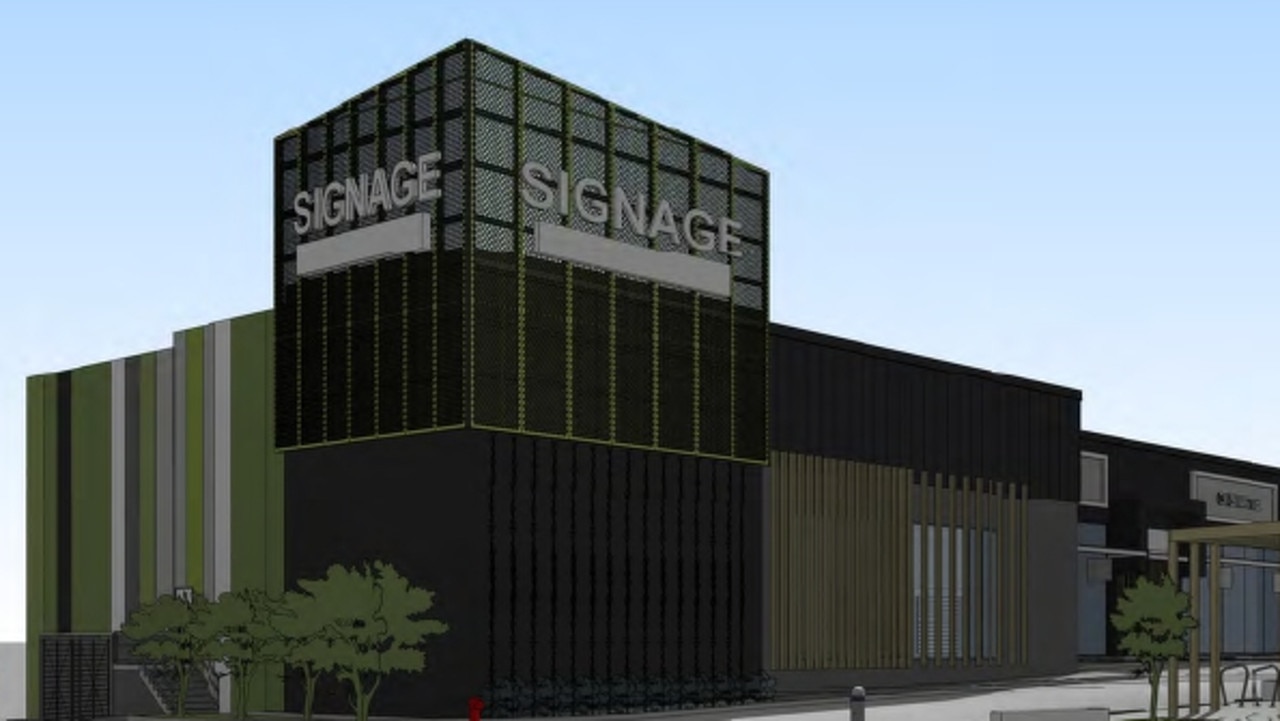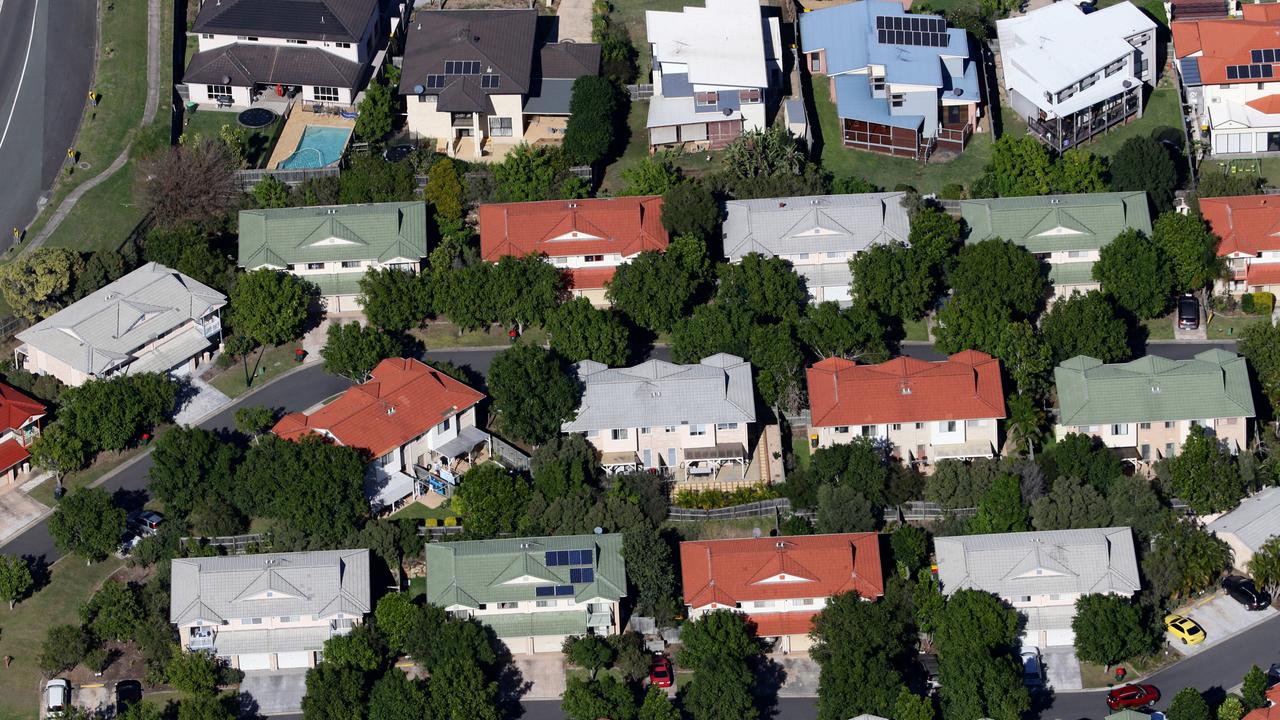NSW suburbs where rents are falling $100 a week in rental crisis ‘reversal’
Huge rent rises have been the norm in most areas but landlords in surprising Sydney locations have actually been slashing rents, offering tenants a refuge from the rental crisis.
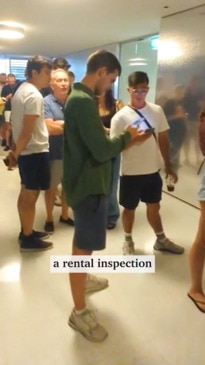
Property
Don't miss out on the headlines from Property. Followed categories will be added to My News.
Skyrocketing rents have become the norm across most of NSW, but there have been rare pockets where landlords have been forced to slash their prices by up to $100 a week.
In a trend that’s run counter to the widespread rental crisis afflicting most of the state, rent falls primarily occurred in sea- and tree-change destinations that were booming during the pandemic.
Locations with the biggest drops in weekly advertised rent included parts of The Central Coast, Wollongong area, northern beaches, Southern Highlands and Byron Bay region, according to PropTrack figures.
PropTrack economist Angus Moore said these areas had been in heavy demand during the early part of the Covid pandemic when it was common for employees to work remotely five days a week.
But tenant demand has slowly wound back as companies called on their employees to spend more time in the office.
Some families moved back to more commuter-friendly suburbs over the past year as a consequence, Mr Moore said.
Recent regulation changes and council scrutiny of the short-term rentals sector may have also led to holiday rentals becoming available as long-term rental stock, increasing listings.
This bump in rental supply would have, in turn, eased pressure on tenants.
“There has been a reversal of the pandemic lifestyle in some areas,” Mr Moore said.
PropTrack indicated the biggest rental drops occurred in Central Coast suburb Erina, where house rents fell by an average of about 14 per cent, or about $100 per week, over the past year.
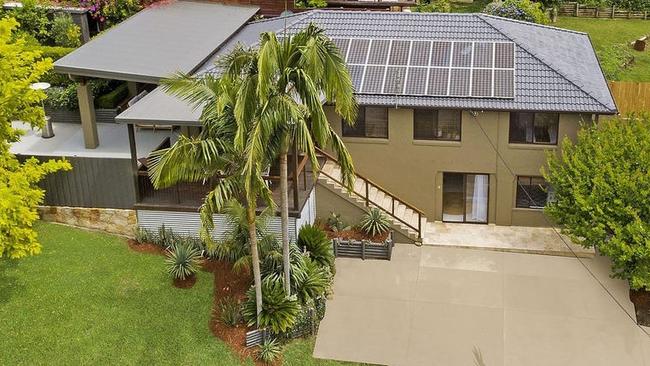
Unit rents in fellow Central Coast suburbs Booker Bay and Avoca Beach fell by about 12 per cent, saving tenants an average of about $70 and $86 per week, respectively.
Nearby Terrigal recorded a 6 per cent drop in rents, equivalent of about of $40 per week.
Central Coast suburbs with drops in house rents – ranging from 5-9 per cent – included Copacabana, Bateau Bay and Blackwall.
For some perspective, the average NSW suburb recorded a 15 per cent rise in rents over the same period.
Median rents climbed by more than $150 per week in close to 100 Sydney suburbs over the past year. A further 280 of Sydney’s circa 700 suburbs recorded average rises of $80-$150 per week.
Northern beaches suburbs where rents fell included Elanora Heights (median fall of $150 per week) and Allambie Heights (down $65 per week).
It should be noted the region as a whole had some of the highest rent rises for the period, especially across areas located closer to the Sydney CBD such as Manly.
Possibly the weakest rental market in the whole state was located well outside Sydney, in the Richmond-Tweed area, Mr Moore said.
The region, which encompasses Byron Bay and much of NSW’s coastal north, was considered a red hot housing market in 2020, 2021 and early 2022.
International celebrities were part of the movement, with Zac Efron, Matt Damon and others setting up camp in Byron Bay for a time.
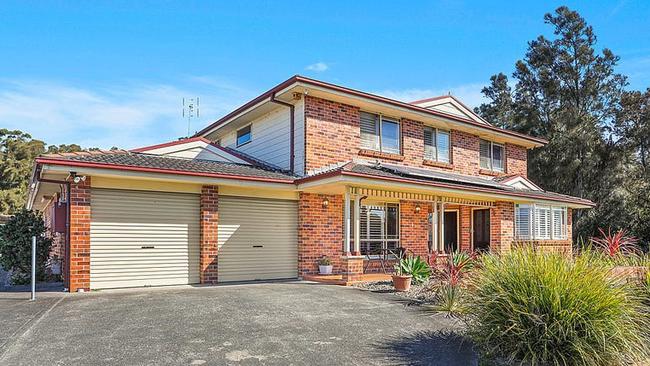
The region appears to have fallen out of vogue in more recent times.
Rents fell in Byron Bay, Ballina, Evans Head, Oceans Shores and in Suffolk Park.
“During the pandemic, there was a big shift out of cities into regional areas. There hasn’t been a big snapback to cities since then, it’s more that they just aren’t as sought after as they were, except in a few areas and Byron Bay is a good example,” Mr Moore said.
“Byron was very popular during the pandemic but there is more softness in the rental market now.”
PropTrack’s Rental Affordability Index launched last week showed rental affordability hit its worst level since in-depth records began.
Only about a quarter of NSW rental properties advertised in December were considered affordable for those earning the state’s median household income of $113,000 a year.
Real Estate Institute of Australia president Leanne Pilkington said housing shortages would continue unless government stepped in.
She pointed to excessive stamp duty charges as one of the drivers of the shortage as it discouraged families from selling homes that could otherwise be sold to investors, and become rental stock, or first-time buyers who would exit the tenant pool.
“Families are staying in their homes for much longer than they used to and stamp duty is a huge part of that,” she said.




